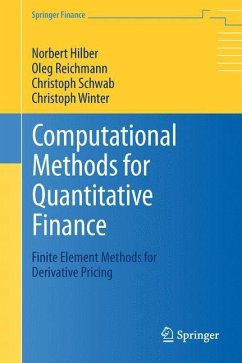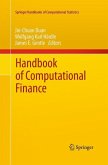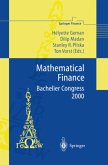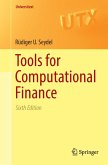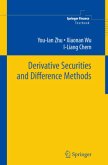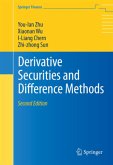Many mathematical assumptions on which classical derivative pricing methods are based have come under scrutiny in recent years. The present volume offers an introduction to deterministic algorithms for the fast and accurate pricing of derivative contracts in modern finance. This unified, non-Monte-Carlo computational pricing methodology is capable of handling rather general classes of stochastic market models with jumps, including, in particular, all currently used Lévy and stochastic volatility models. It allows us e.g. to quantify model risk in computed prices on plain vanilla, as well as on various types of exotic contracts. The algorithms are developed in classical Black-Scholes markets, and then extended to market models based on multiscale stochastic volatility, to Lévy, additive and certain classes of Feller processes.
This book is intended for graduate students and researchers, as well as for practitioners in the fields of quantitative finance and applied and computational mathematics with a solid background in mathematics, statistics or economics.
Hinweis: Dieser Artikel kann nur an eine deutsche Lieferadresse ausgeliefert werden.
This book is intended for graduate students and researchers, as well as for practitioners in the fields of quantitative finance and applied and computational mathematics with a solid background in mathematics, statistics or economics.
Hinweis: Dieser Artikel kann nur an eine deutsche Lieferadresse ausgeliefert werden.
From the book reviews:
"This book ... covers mainly finite element methods for derivative pricing. The book is divided into two parts: 'Basic Techniques and Models' and 'Advanced Techniques and Models'. This partition makes the book useful to a large number of readers, from beginners in the subject to more advanced students and researchers, specializing not only in applied mathematics but also in mathematical finance." (Javier de Frutos, Mathematical Reviews, July, 2014)
"This book ... covers mainly finite element methods for derivative pricing. The book is divided into two parts: 'Basic Techniques and Models' and 'Advanced Techniques and Models'. This partition makes the book useful to a large number of readers, from beginners in the subject to more advanced students and researchers, specializing not only in applied mathematics but also in mathematical finance." (Javier de Frutos, Mathematical Reviews, July, 2014)
